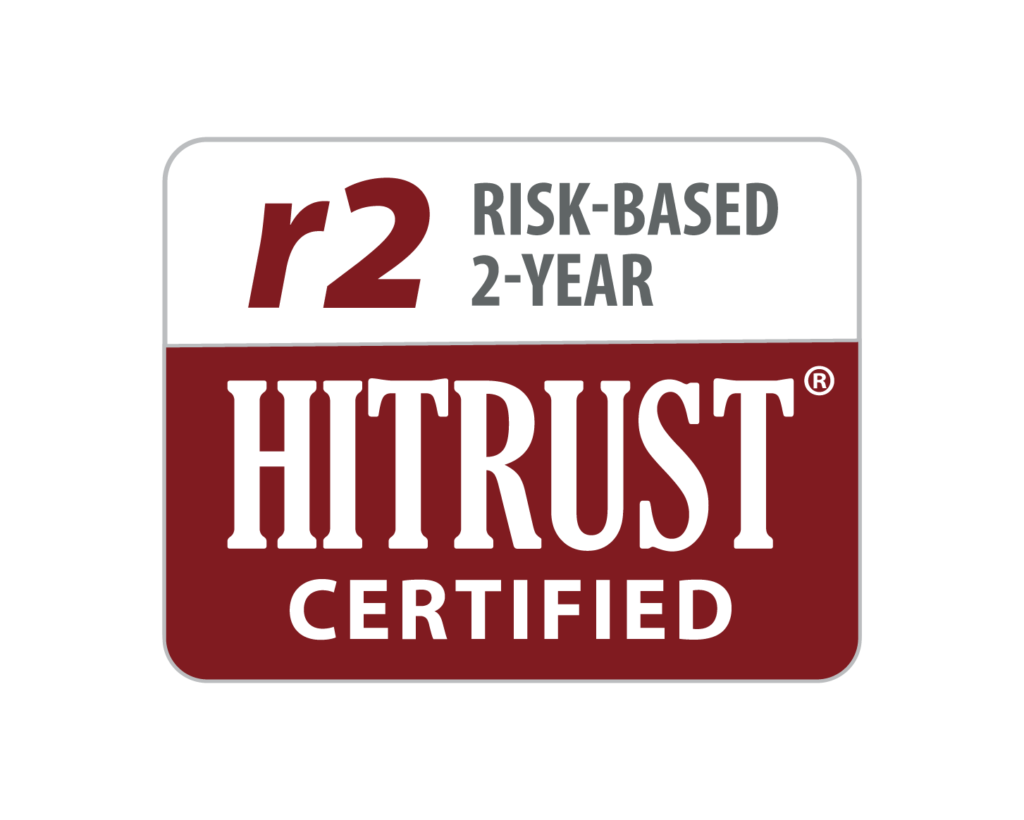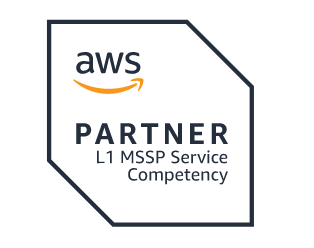Why Data Centers Aren’t Keeping Up With The Public Cloud
Originally published to Forbes on June 4, 2020 by Matt Ferrari, Co-founder and Former CTO at ClearDATA
While I’ve been leading healthcare IT work on the public cloud for many years, part of my background is in building and growing data center infrastructure. I’m intimate with the workings of these, both large and small. As part of my day job now, I watch IT trends. One to note is the move healthcare organizations are making away from data centers to the cloud over time. Why?
While we still see some use cases for data centers, the reality is they simply can’t keep up with what the mega public cloud companies (Amazon, Google and Microsoft) can do. Yes, data centers can offer co-location, but the public cloud offers availability zones or regions, essentially data centers themselves but at a scale so much greater than a traditional data center company can offer and with different levels of responsibility in which the burden of the infrastructure isn’t on your organization.
There are four primary reasons why data centers can no longer keep up from a cloud innovation perspective.
Rate Of Innovation
When you think about the speed of innovation in the public cloud, it’s almost mind-boggling. These three massive companies have released thousands of new services, features and enhancements in the past year. They aren’t limited in the way data centers are by Infrastructure as a Service (IaaS) providing virtual machines on hardware or even private clouds on hardware.
The public clouds continue to innovate on IaaS, but they also have additional services that integrate as part of the public cloud — from Platform as a Service, Database as a Service, Software as a Service and huge growth in artificial intelligence and machine learning services. For a healthcare organization, that difference is essential to the rate of innovation necessary to survive, sustain and scale in today’s economy.
Safeguarding Privacy, Security And Compliance
The bad guys are out there, and no sector is more aware of this than healthcare — a primary target for cybercrime. In healthcare, organizations have to be constantly mindful and vigilant to look out for and build against vulnerabilities that hackers seek to exploit. There has to be a constant concern to shore up weaknesses through technologies like intrusion detection.
Keeping ahead of the hack attempts in a data center is a big job. You’re patching infrastructure, software and utilities constantly, just to name a few. When you utilize the public cloud, you’re buying that cloud’s commitment that it’s working 24/7 to maintain the infrastructure. Because of its size and scope, as well as the innovation flowing through its hardware and software platforms, the public cloud can simply keep up with this better and faster than a data center can.
I recently toured a hospital’s Tier 3 data center. It was built in the late ’80s but has strong security and access control, fairly common for hospital data centers. Think for a moment about all of the hardware that has been in there for decades — network equipment, cabling and cross-connects, and all of the access and service providers — some of it fully depreciated. You have to ask, how could anyone possibly have a true and accurate view of all of the vulnerabilities in that data center? Yes, there are options for vulnerability scanning and penetration testing, but when it comes time to respond to a zero-day issue with such antiquated technology, it won’t be ready to respond quickly. (Zero-day is a vulnerability that has zero days from the time the issue is discovered and the first attack, often tied to an exploited flaw in the software, hardware or firmware).
In the case of the public cloud, the company owns the hardware and, in many cases, also manufactures it, so it is acutely aware when there is a vulnerability in the hardware and is accountable to fix it. The healthcare organization on the cloud can focus more on its application and less on its infrastructure.
Scale
This brings me to the next critical advantage: public clouds scale, with deployments across the world. If you think about a provider or payer-owned data center, it is often wrapped up in the procurement cycle of having to buy hardware, switching, cabling and compute resources. It could take months or even a year to scale some projects. The cloud has the ability to let organizations scale with agility — and without all the capital investment. When your organization is on the public cloud, you have near infinite scaling capacity, and it takes minutes — not months — to do so.
As important, it’s not just about scaling up. You can scale back down when you don’t need that many resources, so you’re only paying for what you need when you need it. For example, the health insurance company on the cloud can quickly scale up or down to meet seasonal demand during enrollment periods by using technology such as containers, or serverless computing resources on the public cloud. The on-site data center is still buying hardware, maintenance software licensing costs and investing in HVAC and transformers.
Availability
The bottom line is that there are more availability zones and regions with the three public clouds that allow you to grow. Gone are the worries about traditional load balancing, as the clouds have an army of services that can replicate across regions. In the case of an event, rather than preparing by expending tremendous capital on needs like redundancy or additional transformer capacity and constant HVAC, you let the public cloud do the infrastructure work.
When it comes to the cloud versus data centers, the public cloud can dwarf what a data center can do in terms of innovation, security, scaling and availability. It’s like the difference between horses and cars. Sure, we’ll still have horses. But cars go further, and faster, so when it’s time to make the big trip, we’re looking for our keys, not our saddle.


